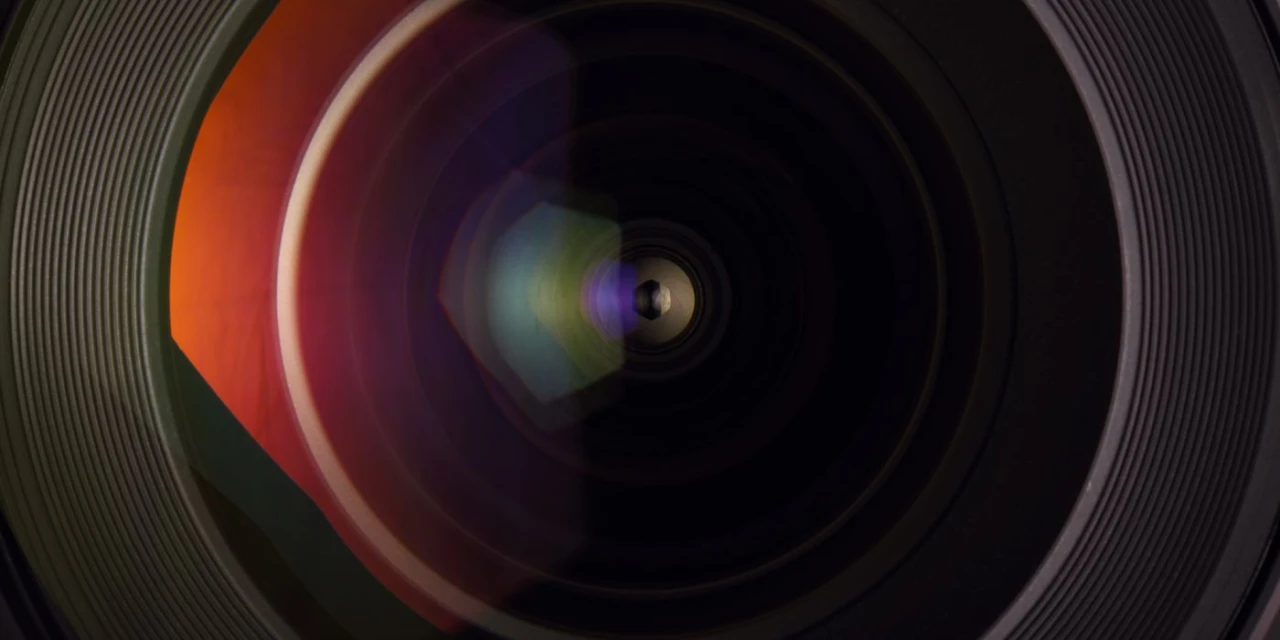
Mastering the art of focal length conversion is essential for cinematographers. Learn how to convert between full frame, Super 16 and Super 35 like a pro in this article.
If you're a cinematographer, understanding how to convert focal lengths between full frame, super 16, and super 35 is an essential skill. Each film size has its own characteristics that produce unique images, but sometimes it's necessary to switch between them.
In this article, we'll explore the fundamentals of focal length conversion, and provide you with tables to help you convert your focal lengths like a pro.
Understanding Full Frame, Super 16 and Super 35
Before we delve into focal length conversion, let's first understand the difference between full frame, super 16, and super 35. Full frame refers to 35mm film size, which is the standard used in most professional digital cameras. Super 16 and Super 35 are both smaller, with Super 16 being a popular size for shooting indie films, and Super 35 often used in higher-budget productions.
- Full Frame: 36 mm x 24 mm
- Super 16: 12.52 mm x 7.41 mm
- Super 35: 24.89 mm x 18.668 mm
The Math of Focal Length Conversion
To convert focal lengths between film sizes, we need to understand their crop factors. The crop factor is the ratio of the diagonal of the full frame to the diagonal of the smaller film size. We can use crop factors to determine the equivalent focal length for a specific film size.
Here are the crop factors for each film size:
- Full Frame: 1 (no crop factor)
- Super 16: 3.22
- Super 35: 1.5
Convert Full Frame to Super 16, Super 35
When converting full frame focal lengths to Super 16 or Super 35, we need to multiply the full frame focal length by the crop factor for the corresponding film size.
Here are the tables for converting full frame focal lengths to Super 16 and Super 35:
Full Frame to Super 16 Conversion
| Full Frame Focal Length | Super 16 Equivalent |
|---|---|
| 24mm | 8mm |
| 28mm | 9mm |
| 35mm | 11mm |
| 40mm | 13mm |
| 50mm | 16mm |
| 80mm | 26mm |
| 90mm | 29mm |
| 105mm | 34mm |
| 135mm | 44mm |
| 150mm | 49mm |
| 200mm | 66mm |
Full Frame to Super 35 Conversion
| Full Frame Focal Length | Super 35 Equivalent |
|---|---|
| 24mm | 16mm |
| 28mm | 19mm |
| 35mm | 24mm |
| 40mm | 28mm |
| 50mm | 35mm |
| 80mm | 55mm |
| 90mm | 62mm |
| 105mm | 72mm |
| 135mm | 94mm |
| 150mm | 104mm |
| 200mm | 139mm |
Convert Super 16, Super 35 to Full Frame
When converting Super 16 or Super 35 focal lengths to full frame, we need to divide the Super 16 or Super 35 focal length by the corresponding crop factor.
Here are the tables for converting Super 16 and Super 35 focal lengths to full frame:
Super 16 to Full Frame Conversion
| Super 16 Focal Length | Full Frame Equivalent |
|---|---|
| 8mm | 24mm |
| 9mm | 28mm |
| 11mm | 35mm |
| 13mm | 40mm |
| 16mm | 50mm |
| 26mm | 80mm |
| 29mm | 90mm |
| 34mm | 105mm |
| 44mm | 135mm |
| 49mm | 150mm |
| 66mm | 200mm |
Super 35 to Full Frame Conversion
| Super 35 Focal Length | Full Frame Equivalent |
|---|---|
| 16mm | 24mm |
| 19mm | 28mm |
| 24mm | 35mm |
| 28mm | 40mm |
| 35mm | 50mm |
| 55mm | 80mm |
| 62mm | 90mm |
| 72mm | 105mm |
| 94mm | 135mm |
| 104mm | 150mm |
| 139mm | 200mm |
Conclusion
As you can see, converting focal lengths between full frame, Super 16, and Super 35 requires some math, but it's not as complicated as it might seem. Understanding crop factors and using the tables we've provided can help you switch between film sizes with ease. With this knowledge, you can explore the unique images each film size can produce and enhance your creativity as a cinematographer.
